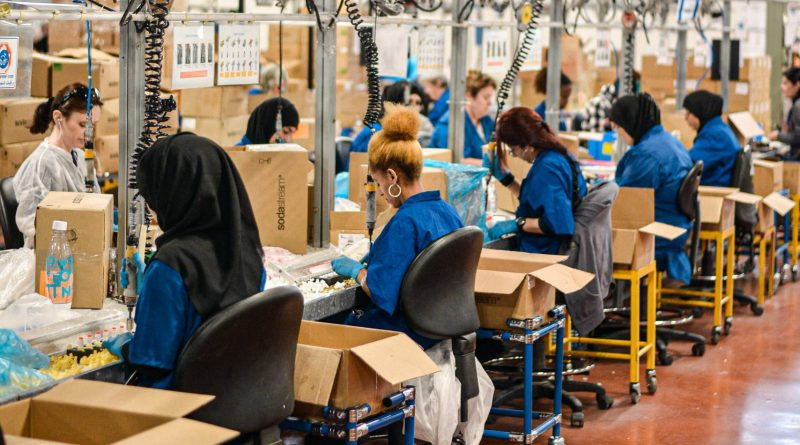Labor Activists Must Leverage their Bargaining Power
Megan Gawron
Managing Editor
With the socio-economic conditions created by COVID-19 both exposing and worsening a myriad of systemic issues throughout the world, the last thing global labor rights activists expected was to gain more bargaining power. However, CBNC emphasizes that the pandemic has resulted in a massive labor shortage in almost every country, putting power back in the hands of the working class. Despite this apparent boon, Al Jazeera warns that labor strikes, such as the one started by employees of Brazil’s central bank, threaten economic stability. For decades, unionization has faced this optics problem—the labor conditions established by COVID-19 necessitate that union activists take advantage of their amplified platform to reclaim the collective bargaining narrative.
In March, German airport workers went on strike in an attempt to increase wages. According to Reuters, the Federal Association of Aviation Security Companies criticized worker demands as “utopian,” rejecting worker proposals four times before the decision was made to strike at the Frankfurt, Berlin, Bremen, Hamburg, Hanover, Stuttgart, Düsseldorf, and Cologne/Bonn airports. No one should ever believe that fair wages are beyond the scope of reality. Deutsche Welle explains that organizers are only requesting a $1.10 wage increase over the course of the next 12 months. The Verdi trade union must hold their ground, even in the face of backlash from flight disruptions. With the strike canceling flights for over 71,000 passengers, it is easy for the companies to vilify striking workers. The union would be remiss if they allowed the airlines to present the story this way; they must ensure people understand that it is not the German airport staff, but rather exploitative corporations that are responsible for this disruption.
Just as German unions make slow progress for laborers, the organized labor movement in the United States is experiencing a historic level of success. NPR reports that on April 1, Amazon workers in Staten Island, New York voted to unionize the warehouse—becoming the first Amazon warehouse to succeed in doing so. Considering CNBC explains that Amazon has more than 110 fulfillment centers in the U.S. and nearly 200 others across the globe, this unprecedented victory represents the progress of global labor movements.
Vox emphasizes that amid Amazon’s active union-busting efforts, union-building seemed near impossible for American warehouses until the start of the pandemic. While some European warehouses have unionized, conditions within these warehouses have frequently come under scrutiny. Faced with not only a labor shortage, but a concurrent lack of transparency from management and hazardous COVID-19 working conditions, workers at the Staten Island warehouse felt emboldened to stand up for themselves. Now that the union has organized, Vox continues that the new union’s goals include raising the Amazon minimum wage to $30 an hour, pushing for longer breaks for those working lengthy shifts, and eliminating mandatory overtime for most of the year. While workers may not be able to secure all of their demands immediately, any short-term success will be sufficient to help reclaim the labor narrative; their mere ability to form a union despite Amazon’s pushback has been remarkable for unionization efforts across the nation. As the organizers in the U.S. promote safer, healthier working conditions, they may be able to incite similar movements in Amazon fulfillment centers abroad as well.
While the examples presented here have been predominantly western, the recent trend toward labor empowerment is also being seen across South Asia. In India, a dozen labor unions mobilized millions of workers for a two-day strike across the country following Prime Minister Narendra Modi releasing plans to privatize state-owned banks and sell state-owned assets, according to WTOP. The struggle in India is admittedly more difficult that in other collective bargaining scenarios, with organizers attempting to influence the government rather than a corporation. However, the widespread support the effort has had within the country proves that labor movements are taking a step in the right direction.
The labor shortage caused by COVID-19 has provided workers across the globe with an unprecedented opportunity to organize. Labor activists must continue to leverage this opportunity to improve the rights of workers and reclaim labor narratives to stop appearing as villains and start being seen as heroes.


